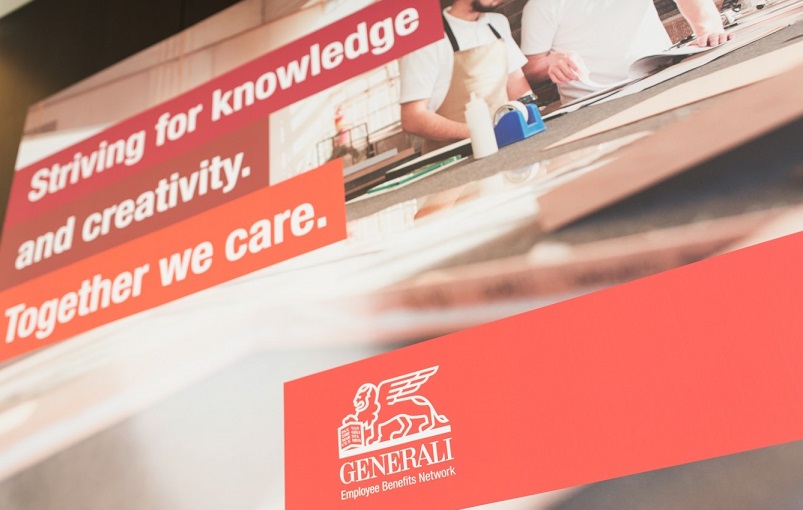Exchange of best practice and experiences is essential to foster mutual learning and enhance our understanding of challenges ahead. We would like to particularly thank the speakers of our break-out sessions for sharing their expertise with GEB Forum attendees.
This article focuses on global employee benefits programmes. We learned how some of the leading companies attending the Forum have been able to identify and implement the best approach to coordinate their employee benefits programmes across countries. Below you can find key highlights on challenges identified, and on creative solutions to address them.

Why global benefits management?
Donna Martin, Director Compensation and Benefits EMEA at Amex Global Business Travel (GBT), pointed out potential advantages of switching to an international approach:
- Pooling more limited local resources in order to achieve economy of scale and greater buying power
- Gaining visibility and coordination to enhance management (ie. oversight of suppliers, contracts and administration)
- Aligning benefits to long term strategy and the Company’s total rewards philosophy to create market competitive benefits programmes which are relevant to employees.
Reducing costs, increasing efficiency through scale and boosting service quality across countries are among the objectives of the Deutsche Post DHL (DPDHL) global employee benefits programme, implemented via a captive arrangement.
Can a global framework help enhance quality and innovation?
“As an internal service provider, we define DPDHL entities around the world as our internal clients. As participation within the DPDHL benefits programme is not mandatory, we focus on meeting the businesses’ needs by providing best in class services and products at competitive cost levels while simultaneously promoting innovation in the form of Health & Wellbeing” says Coraline Delpeuch (Manager, Corporate Risk Benefits at DPDHL).
The DPDHL employee benefits captive provided a vehicle to devise an innovative global Health and Wellbeing (H&W) programme. Coraline unveiled the adventure behind it.
The company faced urgent common business issues across geographies such as:
- Demographic trends and ageing population
- Increased incidence and prevalence of chronic disease
- Medical inflation at double digits rates in many countries.
These trends represented a call for action: “We realised that addressing these needs create value in terms of significant cost savings, but also non-monetary value (such as increased performance and employee engagement) and company positioning as employer of choice”.
How to select the best approach? “We felt the need to understand, go further and beyond…The starting point of our business process is GEB medical reports as they allow us to identify top health cost drivers per country based on Top 5 to 10 diagnosis. With this insight we can suggest tailor made local H&W initiatives to tackle the underlying causes in a specific employee population, hence to reduce the associated claim costs”.
How to get local companies involved? “We had to be creative in finding a solution, which includes a financial incentive as well as a suite of materials to motivate them as well as to provide them with the needed resources to start offering H&W initiatives to their employees. Local HR managers are highly involved in the local execution and monitoring via a point structure that establishes a performance based health ranking and financial discounts system”.
How to roll-out a global programme and how to balance global consistency with local insight?
SAP shared its experience in rolling out a global approach to the company’s Employee Assistance Programmes (EAPs) and Business Travel Assistance (BTA) offering.
Guido Hakenes (Global Benefits Delivery Manager at SAP) discussed about the need for global consistency and standard quality in the delivery of EAPs: “We felt that every employee globally should have access to EAPs to cope with problems they may face and get help promptly when they need it”.
The starting point was to map out the status quo and to identify countries where a local offer was already in place versus countries where no resources were available.
The next step was to define common directions from the central level by establishing a global framework that:
- Can be directly executed in countries where no offering is in place
- Offers countries with national versions the choice to join the global programme or remain on local and self-managed contracts
- Aims at providing a consistent quality/experience in a global basic offering, leaving to countries the option to add buy-up services.
Building a framework at global level favours dialogue and the opportunity to identify mutual advantages. “Though we provide a set of incentives, we ultimately leave to the national company the decision on what works best for their employees”.